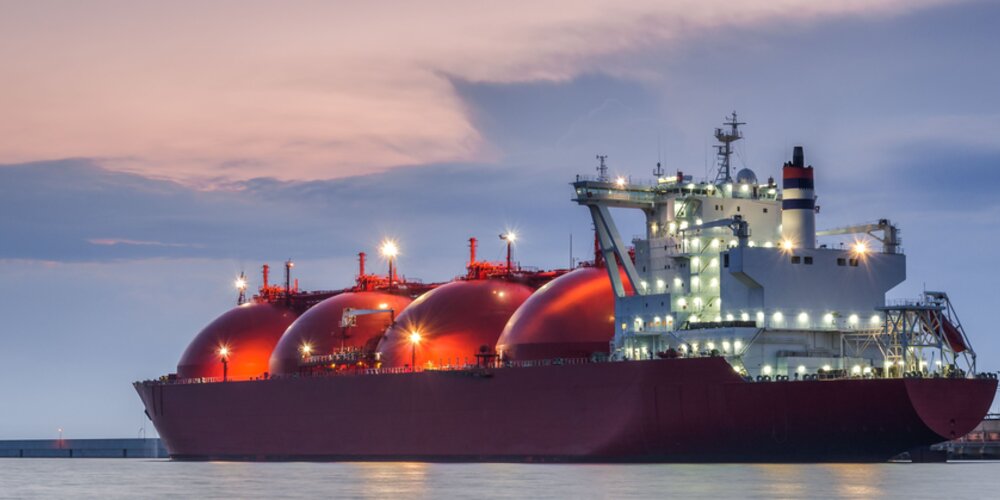Browse our services
Explore how Brookes Bell can help you
Find an expert
Meet our team, find and expert and connect
Contact us
Get in touch, we're here to help

The global demand for liquefied natural gas (LNG) is expected to rise over the coming years, driven by global energy transition strategies, major industrial coal-to-gas switching in China and an increased use of LNG in Europe and Southeast Asia to support economic growth.
According to Shell’s ‘LNG Outlook 2024’, global LNG trade reached 404 million tonnes in 2023 and this is expected to reach up to 685 million tonnes in 2040. However, this growing demand is hitting tight supplies of LNG, which is constraining growth and keeping prices above historic averages.
Northwest Europe, in particular, is expected to drive a short-term increase in LNG demand as the region looks to new energy supplies in a bid to become more energy secure and bolster their decarbonisation efforts. The region is building new LNG hubs and terminals to tap into this lucrative market. For example, Germany is building the Hanseatic Energy Hub at the Port of Stade, an import terminal that will secure more than 15% of Germany’s existing LNG demand and handle other low-carbon energy sources to support its green transition. At a cost of EUR1 billion, the terminal is expected to commence operations in 2027. Meanwhile, in Belgium, the expanded Zeebrugge LNG terminal came into operation at the start of the year to help satisfy the country’s need for LNG supplies.
In the immediate future, however, Europe is set to rely heavily on LNG to satisfy its yearly gas demand growth of 8% during a period of tightening markets. According to the Independent Commodity Intelligence Services January 2024 Energy Outlook, European LNG imports are set to reach 1,743 TWh in 2024, up more than 15% from the previous 12 months. Germany and Belgium’s efforts to boost their regasification capacity are vital steps to alleviate some of the pressure surrounding LNG capacity in Europe.
In Asia, China is expected to remain as the world’s leading importer of LNG, particularly as its economy continues to recover from lockdown-related woes. India is also expected to demand a 7% year-on-year rise in LNG supplies to combat rising demand in city gas, power and industrial sectors. However, notably, Japan and South Korea are expected to reduce their demand for LNG as they seek alternatives, including Japan’s high storage capacity and nuclear options, while South Korea boosts its renewables sector.
All of this activity means that shipping’s LNG carrier sector is going to be kept at full capacity for some time. Demand for newbuilds is growing and while the orderbook remains strong for bigger LNG carriers, the effects will not be felt until most hit the water by 2028.
Crucially, such is the demand for LNG vessels, that by 2028 there will be more LNG tankers trading globally than there will be VLCCs and ULCCs for the first time ever. According to the current orderbook and data from Energy Monitor, by 2028 more than 1,150 LNG carriers will be on the water, beating the 972 expected crude oil tankers.
For LNG carriers that are in great demand, there is a need to ensure that those vessels are kept in good condition so that they can continue to trade and support the expanding LNG market. This is also the same for vessels that are docked offshore and used as storage for LNG capacity.
Brookes Bell offers critical and comprehensive LNG carrier experts and services that support vessel owners, managers and charterers to ensure their vessels are kept in good condition with minimal mechanical issues. Our global team, from Singapore to Liverpool to Houston, offer a range of sophisticated marine services, such as liquid cargo expertise, marine engineering offerings and scientific cargo analysis, to support the LNG market, with experts that have served on LNG vessels for decades.